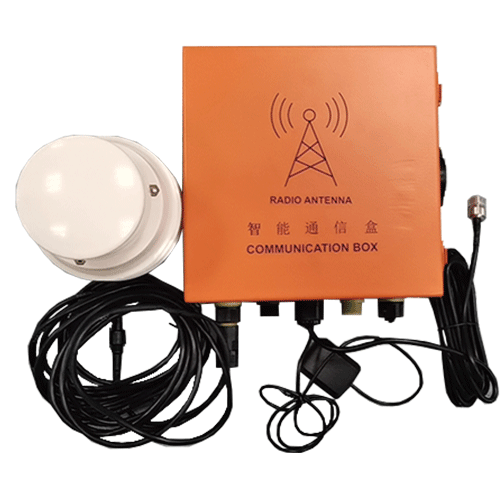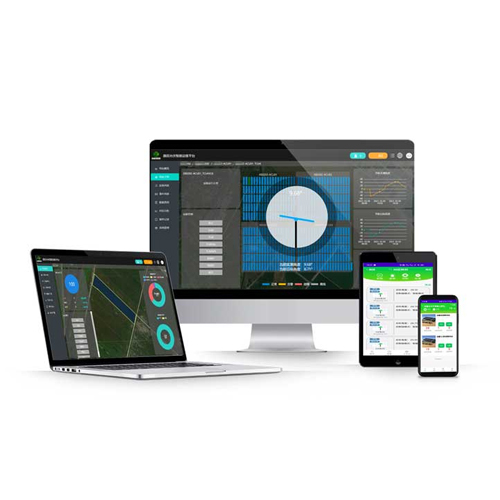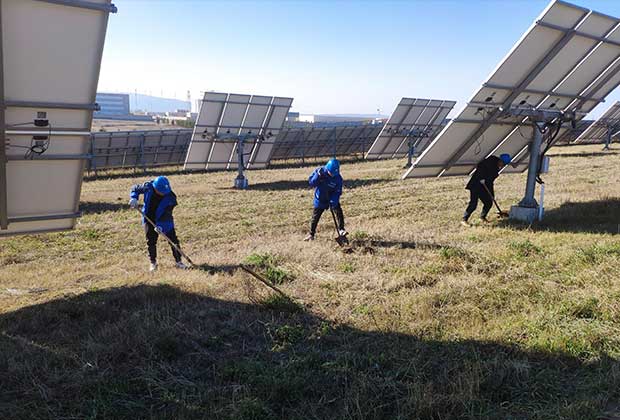In the quest for clean and sustainable energy sources, solar power stands out as a leading solution. Solar panels have become increasingly popular for harnessing the sun's energy, but did you know that there's a technology that can further enhance their performance? Enter solar light trackers. These innovative devices are designed to maximize solar energy generation by optimizing the orientation of solar panels throughout the day. In this blog, we will explore how solar light trackers work and the benefits they offer in improving the efficiency of solar power systems.
Understanding Solar Light Trackers
Solar light trackers are mechanical or electronic devices that allow solar panels to follow the movement of the sun. They are designed to orient the panels in such a way that they receive the maximum amount of sunlight throughout the day. By continuously adjusting the tilt and angle of the solar panels, light trackers ensure that the panels are always perpendicular to the sun's rays, optimizing the amount of solar energy captured.
Increasing Energy Output
The primary advantage of solar light trackers is their ability to significantly increase the energy output of solar power systems. Fixed solar panels are usually installed at a fixed tilt and orientation, which means they are only able to capture optimal sunlight during a limited period each day. In contrast, solar light trackers continuously adjust the panel's position, allowing them to capture sunlight at an optimal angle throughout the day. This increased exposure to sunlight can boost energy production by up to 25% or more, depending on the geographical location and tracker technology used.
Adapting to Changing Conditions
Solar light tracker also excels in adapting to changing weather conditions. By tracking the sun's movement, they can adjust the panel's position to account for cloud cover or other obstructions. This flexibility ensures that the panels can capture the maximum amount of available sunlight, even when conditions are less than ideal. As a result, solar light trackers can maintain a consistent energy output, improving the overall efficiency of the solar power system.
Improving Return on Investment
Investing in solar light trackers can yield substantial returns by maximizing the energy output of solar panels. With increased energy production, the payback period for solar installations can be significantly reduced. In addition, solar light trackers can make solar power systems more cost-effective by reducing the number of panels required to achieve a desired energy output. This can result in lower installation costs and a higher return on investment over the lifetime of the system.
Applications and Considerations
Solar light trackers are well-suited for a wide range of applications, including residential, commercial, and utility-scale solar installations. However, it's important to consider certain factors when determining whether to incorporate trackers into a solar project. These factors include the local climate, available land space, budget constraints, and the desired energy output. Consulting with a solar professional can help assess the feasibility and benefits of incorporating solar light trackers into a specific project.
Solar light trackers offer a compelling solution for maximizing the efficiency of solar power systems. By continuously adjusting the orientation of solar panels to follow the sun's path, these devices can significantly increase energy production, adapt to changing weather conditions, and improve the return on investment of solar installations. Whether for residential or large-scale solar projects, incorporating solar light trackers can help unlock the full potential of solar energy and contribute to a cleaner and more sustainable future.
Remember, the sun is an abundant and renewable source of energy, and by harnessing it to its fullest potential through technologies like solar light trackers, we can accelerate the transition to a greener energy landscape.
 English
English  中文
中文



